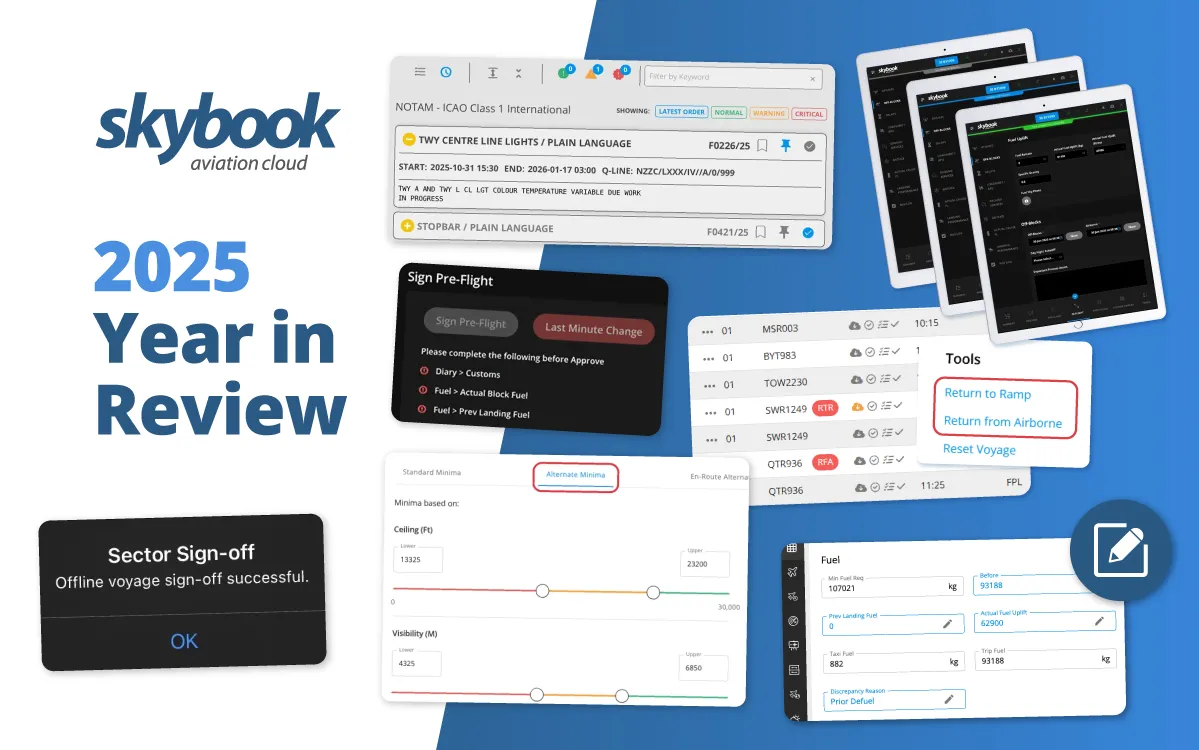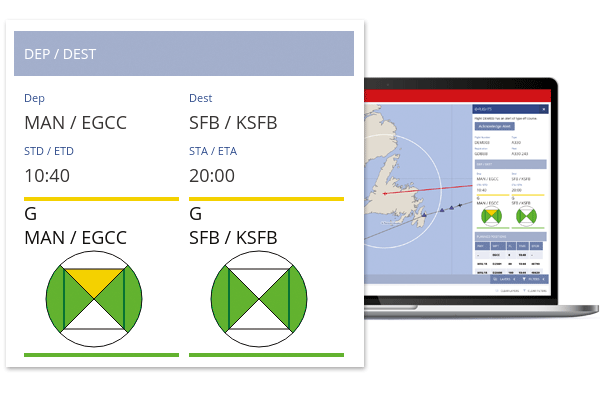
skybook 2025 Year in Review
On the 1st of June 2009, Air France flight 477 departed Rio de Janeiro en-route to Paris but disappeared from radar somewhere over the Atlantic.
The first major wreckage was located within five days of the incident however it took two years for the flight data recorders to be located and recovered from the ocean floor which seriously hampered investigators working to understand the cause of the crash.
Five years later, the disappearance of Malaysia Airlines flight MH370, en-route from Kuala Lumpur to Beijing on 8 March 2014 triggered a global search involving significant resources however the aircraft wasn’t located.
Something needed to change.
In the pioneering days of flying, losing aircraft was sadly common place as aviators pushed the boundaries and manufacturers worked to build bigger aircraft, to fly faster, higher and further than their rivals.
Thankfully however, as technology has evolved, so has flight safety and yet on occasion, it is still possible for an aircraft to simply vanish.
As a direct result of such incidents, ICAO created the GADSS global tracking initiative which launched in 2016 and it’s this mandate that is driving the sweeping changes to flight tracking that will affect both new and existing aircraft.
In March of 2016, the International Civil Aviation Organisation (ICAO) established the Global Aeronautical Safety System, or GADSS, and also Autonomous Distress Tracking (ADT).
The objectives of GADSS are to:
ICAO’s intent was simple, improvements must be made to ensure no aircraft would ever “disappear” again, especially over remote and oceanic airspace.
Two SARPs (Standards And Recommended Practices) were established consisting of Amendments 39 and 40 to Annex 6 of the Chicago Convention.
Both of which came into full force on the 8th of November 2018 but what do they actually mean?
Amendment 39 establishes an aircraft-tracking time interval of 15 minutes. This is recommended for all operations of aircraft with a take-off mass of 27,000kg and is also required for aircraft with a take-off mass of 45,500kg flying along oceanic routes.
Amendment 40 requires location reporting every minute should an aircraft be in distress. This is defined by ICAO as one in which aircraft behaviour, if uncorrected, could lead to an accident.
At the same time, flight-data recordings are to be extended to 25 hours.
Amendment 40 applies to all new passenger and cargo aircraft delivered as of 1st of January 2021, with a take-off mass greater than 27,000kg. It is also recommended for aircraft with a take-off mass of over 5,700kg as of the same date and should be retrofitted to older aircraft.
While not technology-specific, the SARP specifies that transmissions should come from an active autonomous system, at least for the flight’s expected duration, and in the event of onboard power loss. This, says ICAO, will enable accident site location within 6nm.
If you want to delve deeper into GADSS, here are some useful resources:
ICAO Global Tracking Initiatives
Being able to accurately track the progress of each flight in real time is vital but that doesn’t mean airlines should opt for a system that only delivers against this aspect.
 Our Flight Following module provides seamless flight tracking and aircraft deviation alerting along with access to a range of additional information specific to aid any emerging problems that could impact on the flight or the departure and destination airports. Learn more about why real-time flight tracking for airlines is crucial to safety and saving money.
Our Flight Following module provides seamless flight tracking and aircraft deviation alerting along with access to a range of additional information specific to aid any emerging problems that could impact on the flight or the departure and destination airports. Learn more about why real-time flight tracking for airlines is crucial to safety and saving money.
If you want to know more about the skybook aviation software, would like to arrange a demonstration or get hands on with a free trial, simply email us here